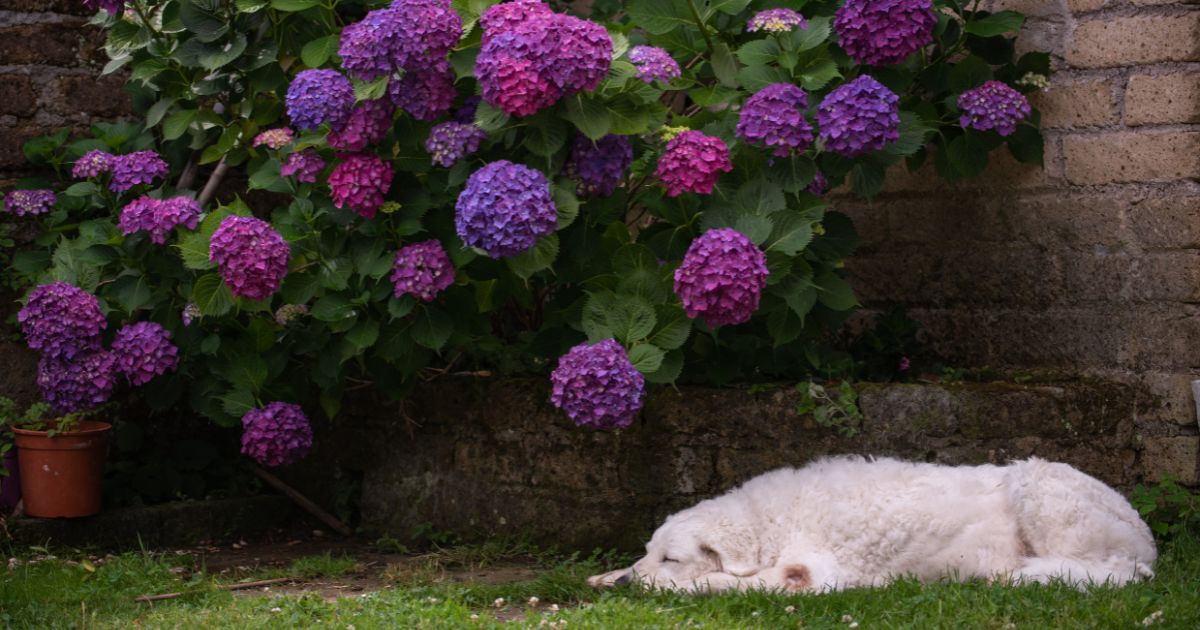Hydrangeas are popular garden plants known for their beautiful blooms, but they pose certain risks to dogs if ingested.
As a pet owner, it’s crucial to understand these risks and how to keep your furry friends safe.
This blog post covers essential information about hydrangeas and your canine companions.
1. Toxicity of Hydrangeas
Hydrangeas contain cyanogenic glycosides, which can be toxic to dogs if consumed.
Ingesting parts of the plant can lead to symptoms like vomiting, lethargy, or diarrhea.
It’s important to monitor your dog around these plants and seek veterinary care if you suspect ingestion.
2. Identifying Hydrangea Plants
Hydrangeas come in many varieties, including mopheads and lacecaps.
Being able to identify these plants in your garden can help prevent accidental ingestion by pets.
Familiarize yourself with different types and educate other family members about their appearance.
3. Training Your Dog to Avoid Plants
Training plays a crucial role in keeping dogs safe around potentially harmful plants.
Use commands like ‘leave it’ and positive reinforcement techniques to teach your dog to stay away from hydrangeas and other toxic plants.
4. Alternatives to Hydrangeas in Gardens
If you’re worried about the risks of hydrangeas, consider planting dog-safe alternatives.
Plants like sunflowers, roses, and marigolds are beautiful and non-toxic to pets.
These alternatives not only keep your garden vibrant but also ensure safety for your furry friends.
5. Recognizing Symptoms of Poisoning
Knowing the signs of poisoning is critical.
Symptoms might include vomiting, diarrhea, drooling, or difficulty breathing.
If you notice any of these, contact your veterinarian immediately.
Quick action can be vital in treating potential poisoning cases.
6. Creating a Safe Garden Environment
Designing a pet-friendly garden involves more than just plant selection.
Use fencing or barriers to keep dogs away from potentially toxic plants.
Additionally, provide shaded areas and clean water to make the garden a safe and enjoyable space for pets.
7. Consulting with Veterinarians
Regular consultations with your veterinarian can help you stay informed about the latest in pet safety.
Discuss any concerns about garden plants and get professional advice tailored to your dog’s health and lifestyle.
8. Community Awareness and Education
Raising awareness about the dangers of hydrangeas and other toxic plants in the community can prevent accidents.
Consider organizing or attending workshops on pet-safe gardening practices, benefiting both human and canine residents.








